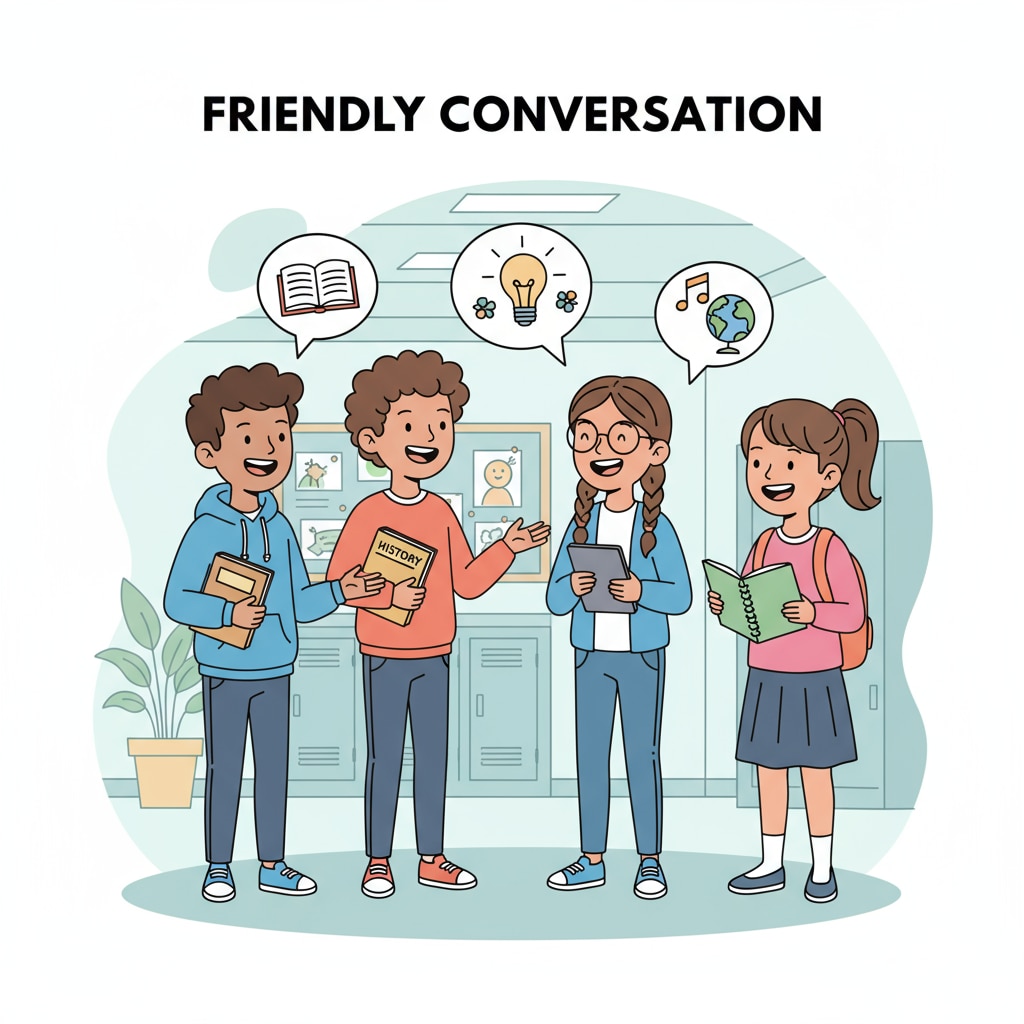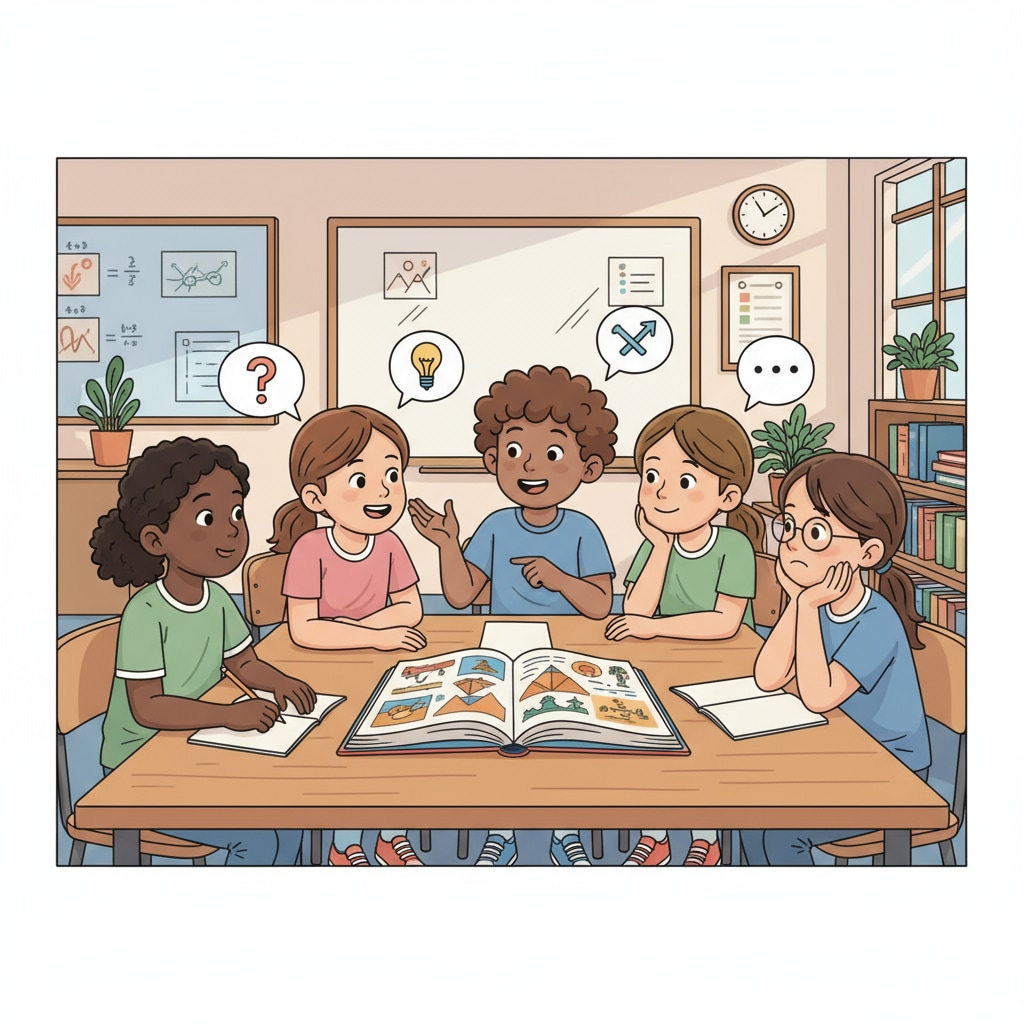Communication skills, dialogue, and active listening are crucial elements in K12 education. They form the foundation for students’ academic success, social integration, and future career development. In today’s interconnected world, the ability to communicate effectively is more important than ever.

The Importance of Communication Skills in K12 Education
Effective communication skills are essential for K12 students as they facilitate learning. When students can express their thoughts clearly and listen attentively, they can better understand complex academic concepts. For example, in a science class discussion, students with good communication skills can share their hypotheses and listen to others’ viewpoints, promoting a deeper understanding of scientific principles. According to Britannica, communication is the cornerstone of educational processes, enabling the transfer of knowledge and ideas.
The Progression of Communication Cognition
Communication evolves from simple expression to the creation of shared meaning. Initially, students may only be able to convey basic information. However, as they develop, they learn to understand different perspectives and build on each other’s ideas. This progression is vital for their social and cognitive growth. For instance, in a literature class, students start by summarizing the plot and gradually move on to analyzing themes and sharing their personal interpretations, creating a shared understanding of the text.

Cultivating Empathy and Emotional Intelligence
Empathy and emotional intelligence are key components of good communication. Teachers can help students develop these skills through activities such as role – playing. By stepping into others’ shoes, students learn to understand different emotions and reactions. In addition, group projects can also foster empathy as students work together towards a common goal, understanding each other’s strengths and weaknesses. According to Wikipedia, empathy is the ability to understand and share the feelings of others, which is fundamental to effective communication.
Enhancing Clarity of Expression
To communicate effectively, students need to express themselves clearly. Teachers can encourage students to organize their thoughts before speaking or writing. For example, using graphic organizers can help students structure their ideas. Moreover, providing feedback on students’ language use and presentation skills can also improve their clarity of expression. This includes aspects such as using appropriate vocabulary, grammar, and body language.
Fostering Active Listening
Active listening is a crucial part of communication. Teachers can teach students techniques like maintaining eye contact, asking clarifying questions, and paraphrasing what the speaker has said. In a classroom setting, activities such as listening to a story and then summarizing it can enhance students’ active listening skills. By actively listening, students not only gain a better understanding but also show respect for the speaker.
In conclusion, communication skills, dialogue, and active listening play a vital role in K12 education. By understanding the importance of these skills, the progression of communication cognition, and implementing practical strategies to cultivate them, educators can help students become effective communicators, which will benefit them throughout their lives. Readability guidance: As seen above, we have used short paragraphs to make the content more accessible. Each H2 section has a clear focus, and we have provided examples to illustrate key points. Transition words like ‘for example’, ‘in addition’, etc., have been used to enhance the flow of the article.


